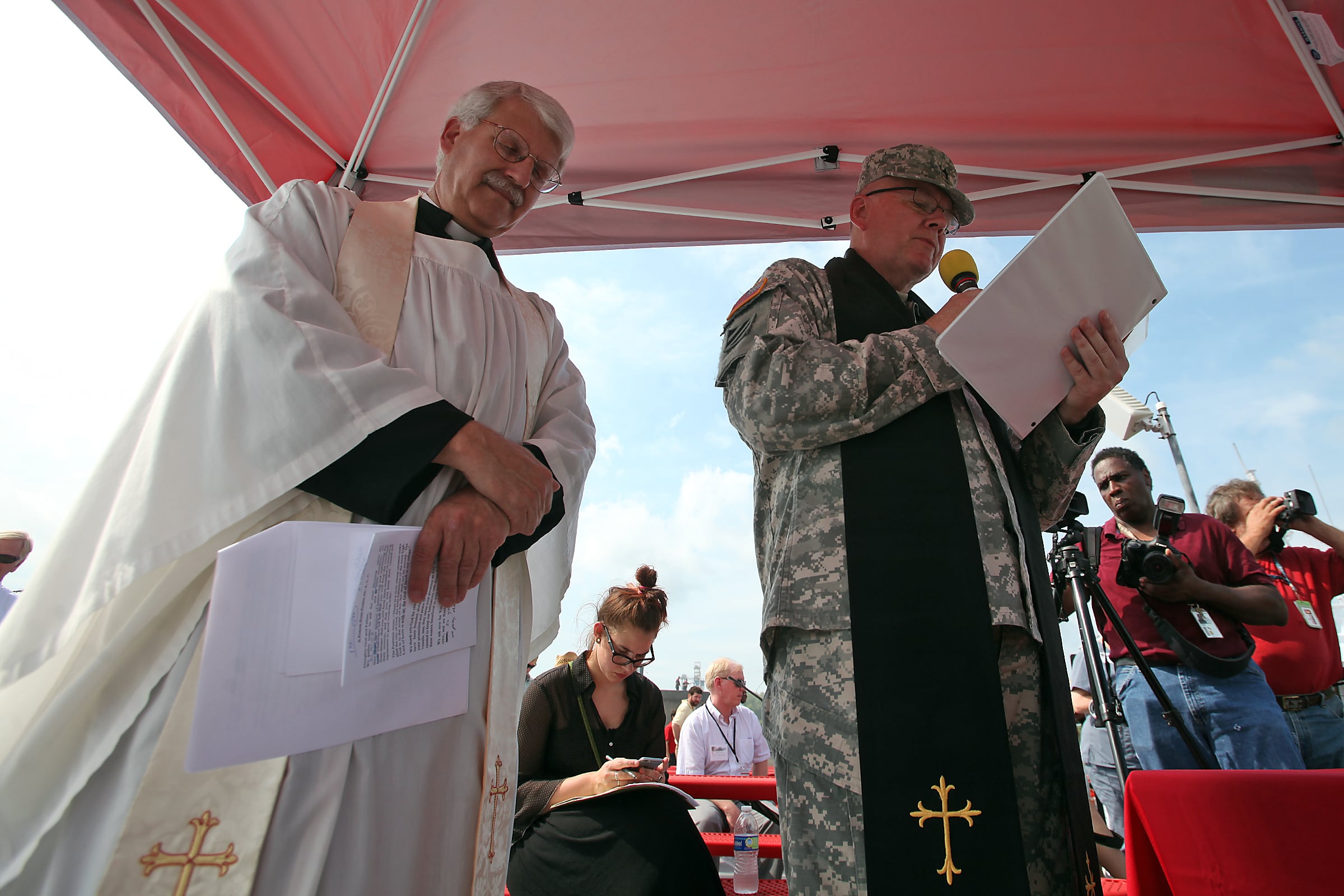The Marine Corps is preparing to test out prototypes of for a four-wheeler that runs on hybrid/electric power, part of the service's broader push to slash its energy dependency.
The ATV is and can fit inside an MV-22B Osprey. It The hybrid/electric all-terrain vehicle will be one of several such the concepts that will be on display in June at what's become an the Marines' annual energy-technology demonstration event. Previously called Expeditionary Forward Operating Base, or ExFOB, this year the event this year will be called is getting a new name: Expeditionary Energy Concepts, a new name to . Marine Corps Expeditionary Energy Office director Col. Jim Caley said the new name reflected the fact that Marines are the Corps was no longer actively engaged in a ground war, said Col. Jim Caley, director of the Marine Corps Expeditionary Energy Office and wanted to move the concept of energy efficiency and innovation past the FOB model.
"If you look at the history of the Marine Corps and warfare, we don't do a lot of forward operating bases in operations," he said. "You do a lot more of maneuver warfare, combined arms, leveraging the power of Marine aviation while you move really fast and knock the enemy off the battlefield. That's why the name changed. Because we ... didn't want the Marine Corps focused on the last war and focused on the static forward operating base counterinsurgency environment. We want them focused on expeditionary operations and [Expeditionary Force 21]."
As a result, the technologies the Marines solicit for these events are also becoming less focused on FOB needs, such as generators. Instead, they'll be and more aligned with requirements for distributed operations, which forms the heart of the EF-21 concept.
This year's event is scheduled for , Caley said, the event's theme will of the E2C event, to be held June 23-25 at Camp Lejeune in North Carolina. The theme, Caley said, is company landing team technology.
In addition to the hybrid/electric ATV models, demonstrations will include he said, companies would also be demonstrating new and more efficient battery technology and fuel cells. The expeditionary energy office had received 51 proposals from companies interested in showcasing their wares, and would be testing out nearly 30 different prototypes between the three categories. Fuel cell technology, which converts fuel to electricity via a chemical reaction, has the potential to make Marines safer on the battlefield and during distributed operations, as well as more energy efficient, Caley said.
"If you put company outposts out there in Afghanistan someplace, you've got this really loud generator going. You can hear them from five or six kilometers away, so you know exactly where the Marines are hanging out," he explained said. "Fuel cells don't make a lot of noise. Now imagine my ability to stick a [company landing team] out there for a couple of weeks without sending fuel in for their generator. Fuel cells potentially have the ability to do it, and quietly."
This event year's E2C will also will feature demonstrations of command-and-control tools mean to help commanders and systems operators better understand how Marines they use their energy. Experiments conducted over the course of the past year at the Marine Corps Air Ground Combat Center in Twentynine Palms, California, revealed shocking behavioral changes when gauges and monitors installed in vehicles and on generators allowed Marines to see just how much energy they were using.
"We have made infantry battalions go 190 miles further than another infantry battalion organized exactly the same way doing exactly the same mission, and on the same gas, by giving them data," Caley told an audience in mid-April Tuesday at the Sea Air Space conference in National Harbor, Maryland. "We've made power grids run 55 to 86 percent more efficiently, by giving them data."
He emphasized these results were achieved without instituting new policies or telling Marines to operate differently. Simple knowledge of consumption rates and heightened awareness of fuel as a limited resource had produced the changes, Caley said.
As far as how Marines might make use of more futuristic technologies, like the hybrid/electric ATV, Caley said some possible uses are evident while others are to be determined. The vehicle could be used for casualty evacuation or hauling gear, but Marines in the field are likely to come up with even more uses, he said.
"It needs to be given to 18- to 22-year-old young men and women," he said. "They'll figure out where this rocks, and they'll come back and tell us."





